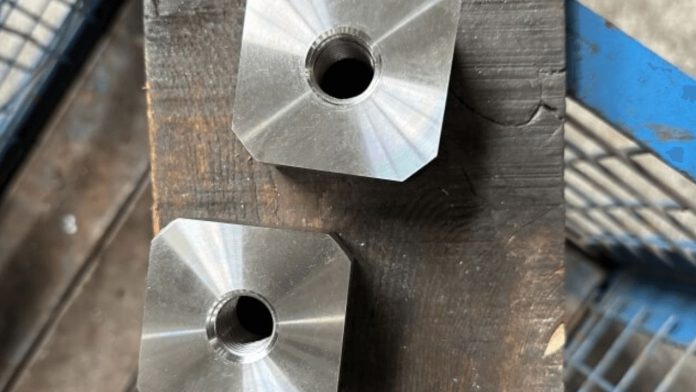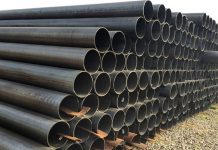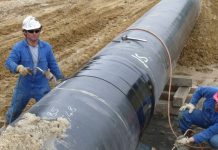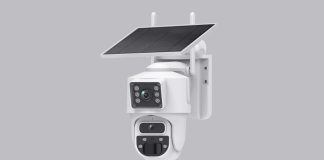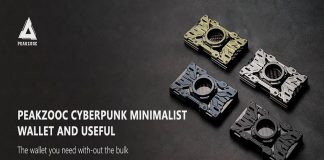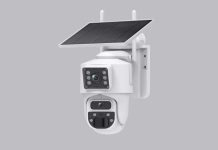A mechanical device called a shredder is used to break up big, unwieldy materials into smaller, easier-to-handle pieces. Shredders are frequently employed in a range of industrial settings, such as data security, manufacturing, waste management, and recycling. They cut, shred, or shear materials into smaller fragments by means of hammers, sharp blades, or other cutting mechanisms.
Shredders are multipurpose devices capable of processing a variety of materials, such as paper, plastics, metal, wood, and more. The materials that have been shredded can be effectively recycled, treated further, or disposed of shredder wear parts are vital equipment in many sectors because they help to optimize material handling and waste reduction procedures.
How to Use Shredder?
First, make sure the shredder is positioned on a sturdy surface close to an electrical outlet and connect it in. Ensure that the bag or waste collection bin is placed appropriately to capture the shreds. Using the proper power switch or button, turn on the shredder.
Certain shredders require human operation, while others include sensors that operate automatically when the paper is fed through them. Put the material you wish to shred in the input slot of the shredder. Staples, paper clips, and other non-shredable objects should be taken out of paper documents as they can harm the shredder.
Components of Shredder Wear
To guarantee the shredder operates at its best, these worn parts must be routinely inspected, serviced, and replaced. The following are a few typical kinds of shredder wear parts
Shredder blades/knives
The main wear components of a shredding machine are the blades or knives. They are in charge of chopping and shearing the components into smaller bits. Because the materials being shredded are abrasive, the knives’ blades may deteriorate with time. The effectiveness of the shredder depends on routine inspection, blade replacement, and sharpening.
Counter Knives
The shredder blades and counter knives function together. By offering support and resistance, they are positioned in opposition to the revolving blades and aid in controlling the cutting process. In order to maintain optimal cutting effectiveness, counter knives may also need to be adjusted or changed due to wear and tear.
Screens/Grates
To regulate the size of the shredded material, shredders frequently have screens or grates added in the discharge area. Over time, these grates or screens may deteriorate or clog, which will reduce the shredder’s efficiency. To guarantee a constant output size, routine screen maintenance may include cleaning, replacing, and inspecting the screens.
Rotor Shafts
Essential parts that turn the shredder blades are rotor shafts. The shafts may eventually wear down and get fatigued due to the continuous rotation and stress. Rotor shaft longevity can be increased with routine inspection and maintenance, including lubrication and alignment.
Hammers
Hammers are employed in some shredder types, such as hammer mills, to impact and break down the materials. The constant blow on these hammers might cause wear and tear or even breakage. To keep the shredder operating efficiently, worn or damaged hammers must be replaced and inspected on a regular basis.
Wear Plates/Liners
In high-wear regions, like the shredding chamber or housing, shredders may have wear plates or liners fitted. These plates increase the shredder’s resistance to abrasion and lengthen its lifespan. To keep the shredder operating at peak efficiency, it must be inspected frequently and any worn or damaged wear plates replaced.
Manufacturing Quality
Reputable manufacturers use state-of-the-art technologies and quality control techniques to ensure the durability and homogeneity of worn components. It is crucial to choose trustworthy suppliers in order to guarantee that the components are of the best quality.
Hardness and Toughness
It is important to find a balance between toughness and hardness. Harder materials might endure wear but might also be delicate, whilst softer materials are more resilient to impacts. Depending on the shredding application, there may be several optimum options.
Conclusion
Wear parts are crucial components that play a major role in the lifespan and functionality of shredding machinery. Only by choosing the right materials, spending money on premium wear parts, and establishing a thorough maintenance plan can shredder performance be maximized. Prioritizing worn part quality and maintenance allows enterprises to increase productivity, and lower operating costs.

